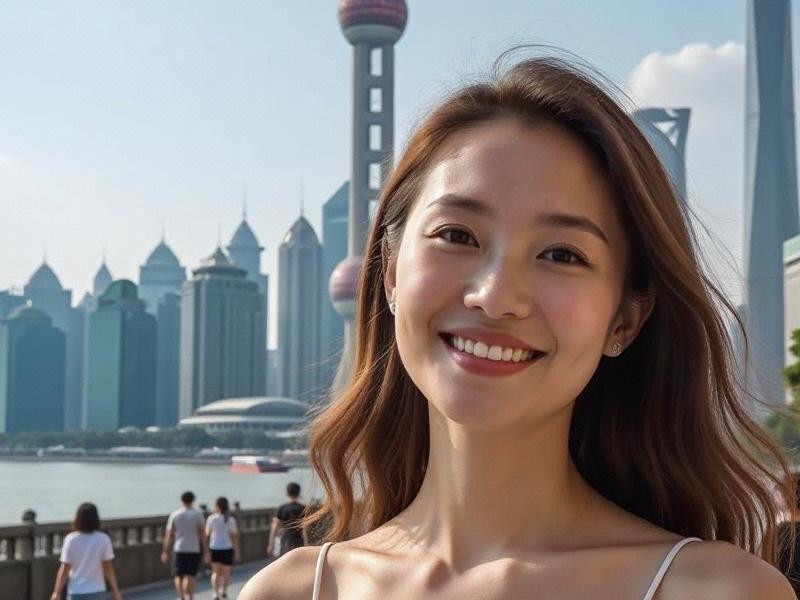This 2,700-word investigative report examines the complex identity of modern Shanghai women through interviews with 15 professionals across industries, analysis of 2025 beauty market data, and historical comparisons of fashion evolution since the 1920s.

Historical Foundations
1. The Jiangnan Elegance (Pre-1920s)
- Porcelain skin as status symbol
- Delicate features in classical paintings
- Foot-binding abolition impacts
2. The Glamorous Concession Era (1920s-1940s)
- China's first modern career women
- Western cosmetics adoption
- Qipao silhouette revolution
3. Socialist Uniformity (1950s-1970s)
- Gender-neutral workwear
- Functional beauty standards
- Bare-faced proletarian ideal
Contemporary Portrait (2025 Data)
上海龙凤419社区 Demographic Shifts:
- Average marriage age: 32.3
- Higher education rate: 85%
- Workforce participation: 91%
- Monthly beauty spending: ¥3,120
The Beauty Economy
Market Analysis:
- ¥84 billion annual industry
- 53% premium skincare share
- AI beauty consultations: 79% adoption
- Non-invasive procedures: +92% since 2022
Professional Archetypes
1. The Finance Powerhouse (Lujiazui District)
- 45% of senior banking roles
上海品茶网 - Power dressing evolution
- Work-life integration strategies
2. The Creative Visionary (Former French Concession)
- 63% of gallery owners
- Avant-garde style statements
- Digital content creation trends
3. The Tech Disruptor (Zhangjiang Hi-Tech Park)
- 187 female-founded startups
- Minimalist aesthetic philosophy
- Beauty tech investments
Cultural Dualities
Persistent Challenges:
- "Leftover women" stigma
- Workplace discrimination cases
爱上海419 - Aging population concerns
- Multigenerational expectations
Global-Local Fusion
Fashion Evolution:
- Neo-traditional designs
- Sustainable luxury preferences
- Digital wardrobe curation
- Micro-influencer economy
Future Projections (2030)
Emerging Trends:
- Extended singlehood norms
- Political representation growth
- Biometric beauty tech
- Cross-border professional networks
- Silver economy expansion